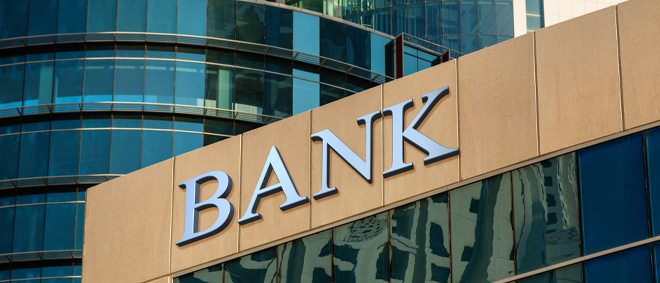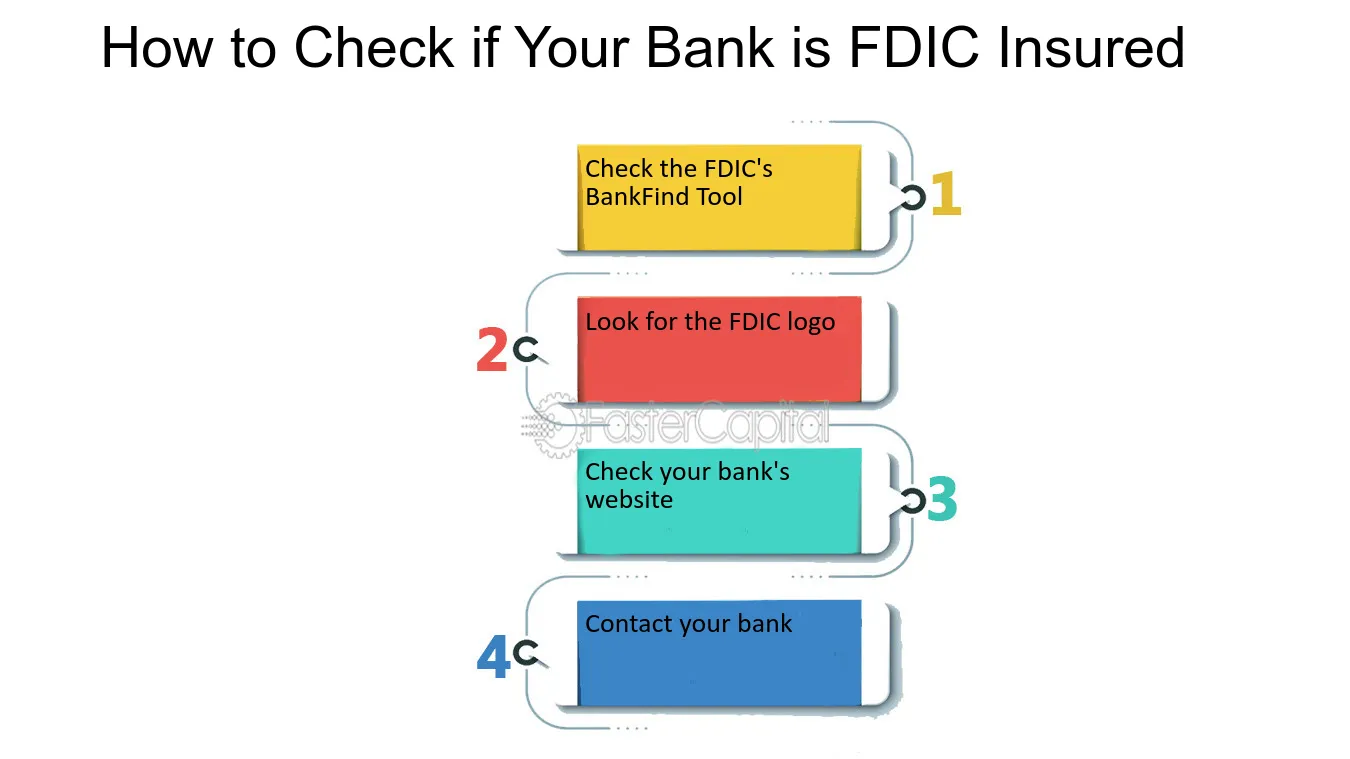
There FDIC is currently working on a plan to protect customers from potential failures of fintech. THE banks will need to closely monitor accounts managed by these third parties, ensuring that depositors’ finances remain secure. The recent failures of banks such as Silicon Valley Bank and Signature Bank highlight the urgency of these arrangements. In this context, the security and stability of payment infrastructures in the digital age remain key elements.

The FDIC, the US federal agency responsible for bank deposit insurance, is working on a plan to protect customers from the potential risks posed by fintechs. With the rapid rise of these new financial technologies, rigorous measures are necessary to ensure the stability of the financial system and the security of customer funds. This article explores the various measures being developed by the FDIC to monitor fintechs, protect unsecured deposits, and provide better financial education to consumers.
Table of Contents
ToggleReinforced Surveillance of Fintechs by Banks
The FDIC is considering making it mandatory for banks to closely monitor accounts managed by third party fintech. This enhanced monitoring aims to prevent unexpected failures and quickly identify issues that could pose risks to depositors. In fact, the fintech have changed the financial landscape, and while these innovations are beneficial, they also require increased vigilance.
Response to Bank Failures
When a bank fails, the FDIC’s main priority is to protect depositors’ finances. One way the FDIC does this is by insuring deposits up to a certain amount. However, in the case of fintechs, the challenge is even greater. The FDIC is therefore working on strategies to ensure that even unsecured deposits, such as those observed during the Silicon Valley Bank and Signature Bank crisis, can be protected.
Providing Educational Resources
In addition to monitoring and protecting deposits, the FDIC also focuses on consumer education. Through programs such as Money Smart, customers can learn to better manage their finances and understand the risks associated with new financial technologies. This proactive approach aims to reduce the number of consumers affected by technological failures.
Adoption and Regulation of Financial Innovations
There fintech has reduced barriers to entry into the financial market, adding a new layer of complexity to banking regulation. The authorities, including the Banque de France, are aware of their crucial role in promoting innovation while ensuring the security and stability of the financial system. Thus, the FDIC continually adapts its regulatory systems to include the specificities of fintechs, guaranteeing supervision capable of preventing potential crises.
Strategic Acquisitions of Fintechs
Traditional banks are taking a defensive approach to fintechs by acquiring them to protect their core business. These acquisitions help prevent the risk of disintermediation of customer relationships, by ensuring that traditional banking services remain at the heart of financial exchanges, even in the digital age.
Mitigating Toxic Culture at the FDIC
Recently, the FDIC has faced internal challenges, including allegations of a “toxic culture.” This led to the resignation of its leader, Martin Gruenberg. Resolving these internal issues is crucial to regaining public and financial stakeholder confidence in the FDIC’s ability to effectively regulate the banking industry in the digital age.
- Account Monitoring: Banks will need to closely monitor accounts managed by third-party fintechs.
- Unsecured Deposits: The FDIC will announce who will bear the cost of bailing out uninsured deposits.
- Protection of Depositors: The FDIC’s priority is to protect depositors’ finances in the event of a bank failure.
- Money Smart: FDIC program to help consumers better manage their finances.
- Barriers to Entry: Fintech is lowering the barriers to entry into the banking market.
- Defensive Acquisitions: Traditional banks are acquiring fintechs to protect their core business.
Today, we issued a list of state nonmember banks recently evaluated for compliance with the Community Reinvestment Act. https://t.co/T1cYwg7LBp
— FDIC (@FDICgov) July 8, 2024





